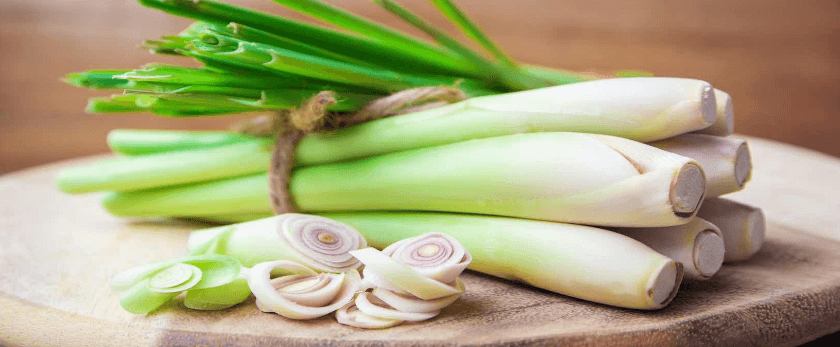Lemongrass is a popular herb known for its citrusy flavor and aroma. It is commonly used in Asian cuisine, teas, and essential oils. But did you know that you can easily grow lemongrass in your own backyard? Not only is it a delicious addition to your meals, but it also has many health benefits and is a great way to add some greenery to your space. In this article, we will discuss how to grow and care for lemongrass, the best time to grow it, and common problems you may encounter.
How to Care for Lemongrass
Watering
Lemongrass is a tropical plant that requires consistent moisture to thrive. It is important to keep the soil evenly moist, but not waterlogged. Water your lemongrass once or twice a week, depending on the weather and the moisture level of the soil. During hot and dry weather, you may need to water more frequently. Make sure to water at the base of the plant, avoiding the leaves to prevent fungal diseases.
Light
Lemongrass loves sunlight and requires at least 6-8 hours of direct sunlight per day. If you are growing lemongrass indoors, place it near a sunny window or use grow lights to provide enough light. If you are growing it outdoors, make sure to choose a spot that receives plenty of sunlight throughout the day.
Soil
Lemongrass prefers well-draining soil with a pH level between 6.0-7.5. You can use a potting mix with added perlite or sand to improve drainage. If you are planting lemongrass in the ground, make sure the soil is loose and well-draining. Avoid compacted or clay soils, as they can cause root rot.
Fertilizer
Lemongrass is a heavy feeder and requires regular fertilization to grow well. You can use a balanced fertilizer, such as a 10-10-10, once a month during the growing season. If you are using organic fertilizers, such as compost or manure, apply them every 2-3 months. Be careful not to over-fertilize, as it can lead to weak and leggy growth.
Pruning
Pruning is an essential part of caring for lemongrass. It not only helps to maintain the plant's shape but also encourages new growth. You can prune your lemongrass by cutting off the top 1/3 of the plant with sharp, clean scissors. This will promote new growth and prevent the plant from becoming too tall and leggy. You can also harvest the leaves for culinary use while pruning.
What is the Best Time to Grow Lemongrass?
Lemongrass is a warm-season plant and grows best in temperatures between 70-85°F (21-29°C). It can be grown year-round in tropical regions, but in colder climates, it is best to grow lemongrass during the summer months. You can start growing lemongrass from seeds or by dividing an existing plant.
If you are starting from seeds, it is best to start them indoors 6-8 weeks before the last frost date. Once the seedlings have grown a few inches tall, you can transplant them outdoors in a sunny spot. If you are dividing an existing plant, do it in the spring when the plant is actively growing.
Common Problems with Lemongrass
Pests
Lemongrass is generally pest-resistant, but it can be susceptible to aphids, mealybugs, and spider mites. You can control these pests by spraying the plant with a mixture of water and mild soap or using organic insecticidal soap. Avoid using harsh chemicals, as they can harm beneficial insects and pollinators.
Diseases
Overwatering and poor drainage can lead to fungal diseases, such as root rot and leaf blight. To prevent these diseases, make sure to water your lemongrass properly and provide good drainage. If you notice any signs of disease, such as yellowing leaves or wilting, remove the affected parts of the plant and treat it with a fungicide.
Cold Damage
Lemongrass is a tropical plant and cannot tolerate freezing temperatures. If you live in a colder climate, make sure to bring your lemongrass indoors before the first frost. You can also grow it in a container and bring it indoors during the winter months. If your lemongrass gets damaged by frost, prune it back and provide extra care to help it recover.
Responsible Disposal Methods for a Sustainable Future
As with any plant, it is important to dispose of lemongrass responsibly to prevent it from becoming an invasive species. If you are growing lemongrass in a container, you can simply compost the plant when it dies. If you are growing it in the ground, make sure to dig up the entire plant, including the roots, and dispose of it in the trash. Do not compost or throw lemongrass in natural areas, as it can spread and become invasive.
In conclusion, growing lemongrass is a fun and rewarding experience. With proper care and attention, you can enjoy this versatile herb in your meals and reap its many health benefits. Remember to water, provide enough sunlight, and fertilize your lemongrass regularly. And don't forget to prune it to keep it healthy and promote new growth. By following these tips and being mindful of responsible disposal methods, you can grow lemongrass successfully and contribute to a more sustainable future.










